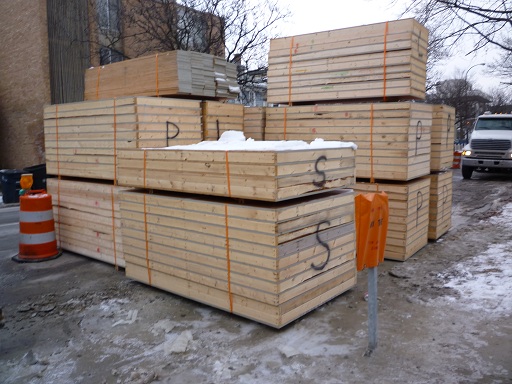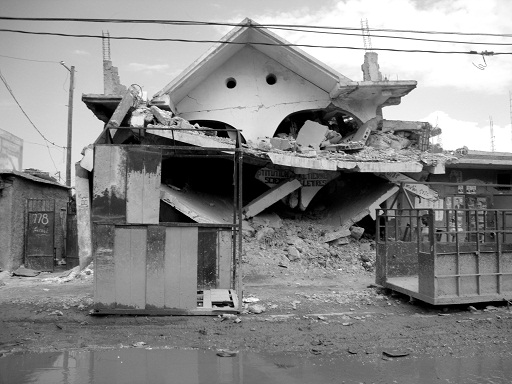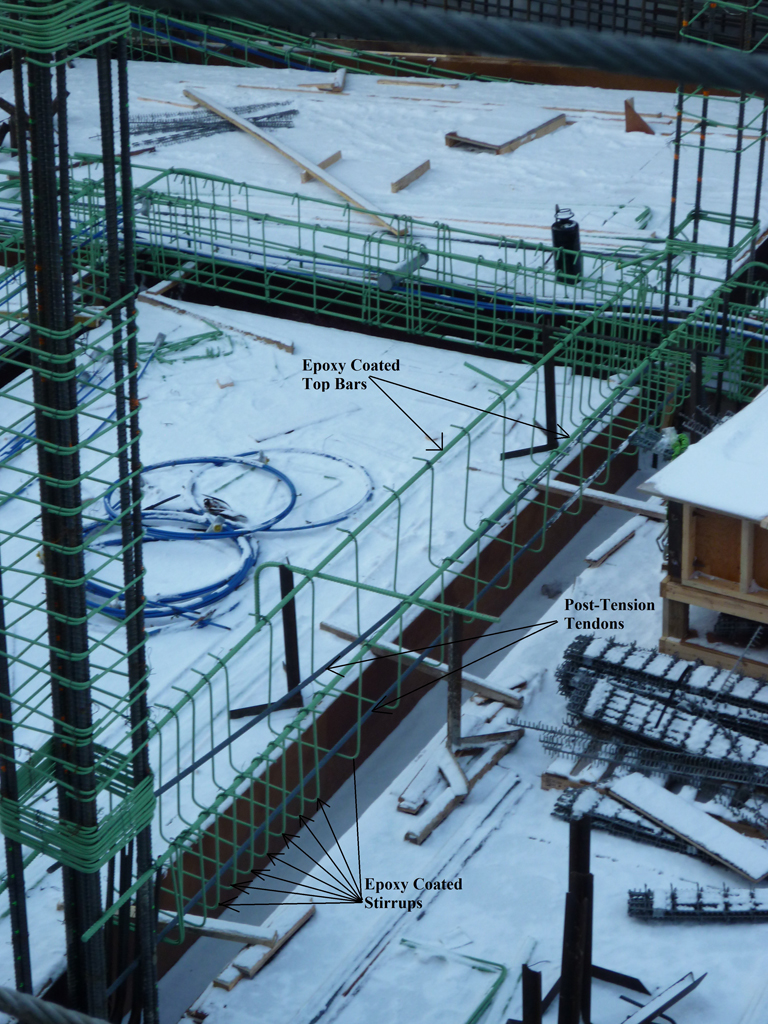
Photo Credit: Enrique Pasta
Description Credit: Nicole Paul
Seen here is an installed Triple Pendulum Bearing as designed and manufactured by Earthquake Protection Systems in Vallejo, CA for Acapulco City Hall in Guerrero, Mexico. The Triple Pendulum Bearing is a type of seismic isolation system that has curved sliding surfaces, which effectively act as three pendulums. These pendulums can be separately optimized for different level earthquakes – small, moderate and severe. The properties of each pendulum are based on the bearing geometry and typically chosen in order to dramatically reduce the peak accelerations and reduce shear forces acting on the seismically isolated structure and its contents during earthquakes. This allows for performance-based design, where the structure is not only designed not to collapse, but to be occupied and resume normal functionality soon after the earthquake takes place. Such design is most commonly used for hospitals, airports, LNG tanks, and other critical structures.



